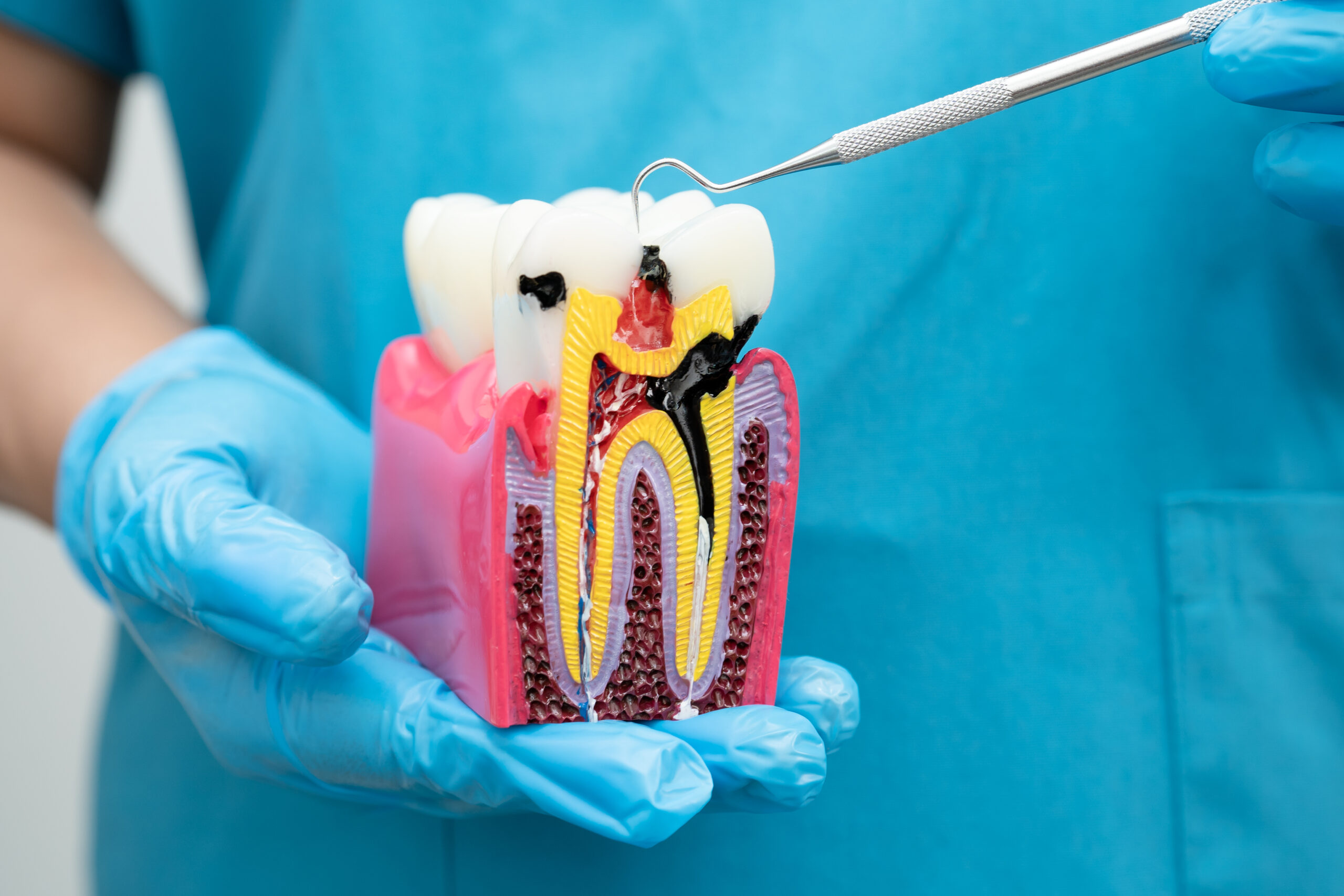
The term “root canal” has historically instilled fear in many dental patients, often evoking thoughts of pain and lengthy appointments. However, this perception is outdated. With advancements in technology and refined techniques, today’s root canal procedures are quicker, more comfortable, and highly effective at preserving natural teeth.
Rather than something to be avoided, a root canal is now a trusted treatment option for relieving pain and maintaining your smile. Here’s what you should know about when they are necessary, how they work, and why there is no need for fear.
When Is A Root Canal Necessary?
A root canal becomes necessary when the inner pulp of a tooth becomes infected or inflamed due to deep decay, cracks, or trauma. The pulp contains nerves and blood vessels, and when it is damaged, it can lead to intense pain, swelling, or even tooth loss if left untreated.
You may need a root canal if you experience:
– Ongoing tooth pain or pressure
– Sensitivity to hot or cold that lingers
– Swelling around the gums
– Tooth discoloration or darkening
– A cracked or injured tooth
Prompt treatment not only relieves discomfort but also prevents the infection from spreading and helps you avoid tooth extraction.
How Modern Root Canals Have Improved
In the past, root canals had a reputation for being unpleasant. That is no longer the case. Advances in dental tools and methods have made the process far more efficient and patient-friendly.
Some key innovations include:
– Rotary instruments for faster, more precise cleaning
– Digital X-rays and 3D imaging for detailed diagnostics
– Apex locators that ensure accurate canal depth
– Improved anesthetics for virtually pain-free procedures
– Advanced irrigation systems for thorough disinfection
Thanks to these updates, most root canals can be completed in just one or two visits with minimal discomfort.
Benefits Of Modern Root Canal Therapy
Today’s root canal treatments offer multiple benefits beyond pain relief:
– Preserves your natural tooth, maintaining proper bite and jaw function
– Quick recovery time, with many patients resuming normal activities within a day
– Reliable and long-lasting results, especially with a protective crown placed afterward
– High success rate—often over 95% when performed correctly
– Minimal discomfort, thanks to modern anesthetics and techniques
With proper care, a tooth treated with a root canal can last a lifetime.
What To Expect During Treatment
The root canal process typically involves:
1. Diagnosis and anesthesia to ensure comfort
2. Removal of the damaged pulp, followed by cleaning and disinfecting the canal
3. Filling and sealing the space to prevent reinfection
4. Final restoration, usually with a crown, to protect the tooth
Mild soreness after the procedure is common but temporary and manageable with pain relievers.
Don’t Let Myths Hold You Back
Many fears surrounding root canals are outdated. They are no more painful than getting a filling and boast a very high success rate. Most importantly, they help save your natural teeth and prevent more serious dental problems.
If you’re experiencing signs of infection or severe tooth pain, don’t delay. A modern root canal could be the solution that relieves your pain and restores your oral health, comfortably and effectively.



